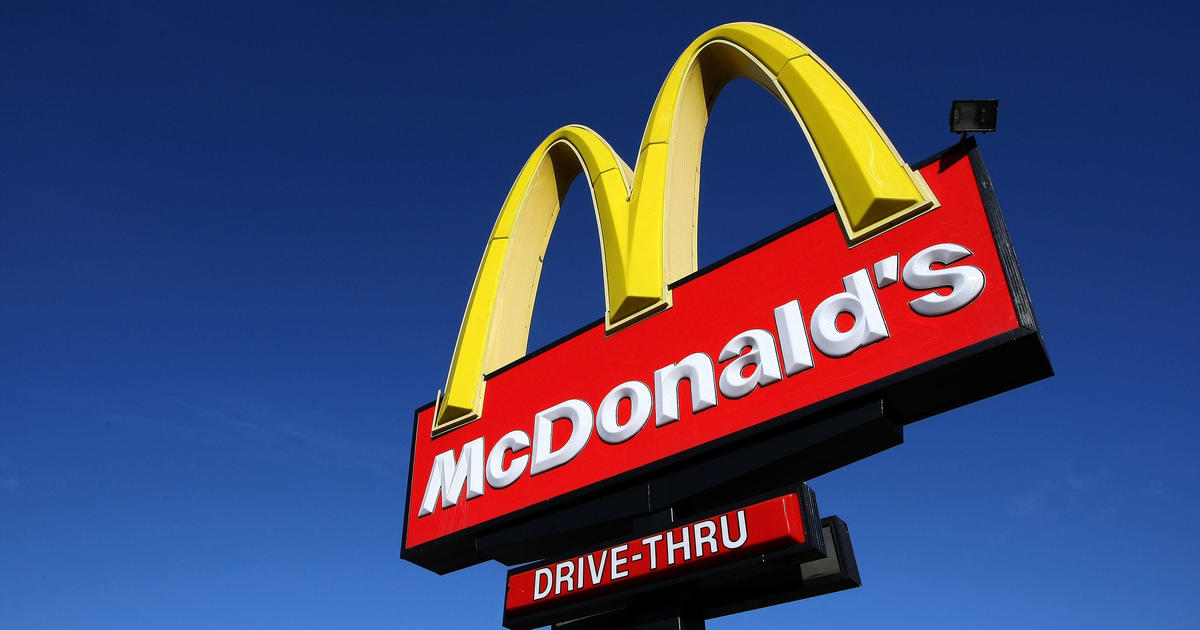After cuts to children's food aid, 4 in 10 poor families are skipping meals, survey finds
During the pandemic, some low-income families in the U.S. received extra federal aid for buying groceries, a government effort that has since been scaled back. The result is soaring food insecurity among poor households with children, with more than 4 in 10 families who had received the benefit now skipping meals, according to new research.
That's double the rate of people who missed meals compared with a year ago, according to the study from Propel, which makes an app for food-stamp recipients to check their balances. Propel surveyed more than 2,800 of its users from August 1-14 about their levels of food insecurity, which is defined as not having enough food to lead an active and healthy life.
The government program, called the pandemic EBT or P-EBT, was authorized by Congress in 2020 when the COVID-19 outbreak shuttered schools across the nation. The plan helped families with children by providing them with money to buy groceries to replace the school meals kids were missing in school, but since last summer funding for P-EBT has dropped by 70%, Propel noted.
To be sure, the nation has largely regained its footing economically since the early days of the pandemic, and public schools have long since reopened. But the loss of nutritional aid for low-income households appears to be increasing hunger around the U.S. even as many families continue to grapple with inflation and elevated grocery prices.
The share of households with P-EBT benefits that skipped meals in August rose to 42% — more than double the 20% rate a year earlier, the survey found. About 55% of households receiving P-EBT benefits said they ate less in August, up from 27% a year earlier.
P-EBT benefits are facing further cutbacks because of the government officially declaring an end of the public health emergency in May. The program must distribute all its funds by September 30, and Congress this summer had trimmed the benefit to $120 per child, according to the U.S. Department of Agriculture. At its peak, the program had provided about $250 to $400 per child.
Households with kids are also experiencing other financial hardships. About 1 in 5 households with children were behind on their rent last month, compared to just 10% of childless households. And almost one-third of families with children were behind on their utility payments, compared with 16% of childless households, it added.
Over a seven-day period ending August 7, roughly 12% of U.S. adults — or nearly 23 million people — lived in a household where there was sometimes or often not enough to eat, according to Census data. In states such as Mississippi, that figure approached 20%.



